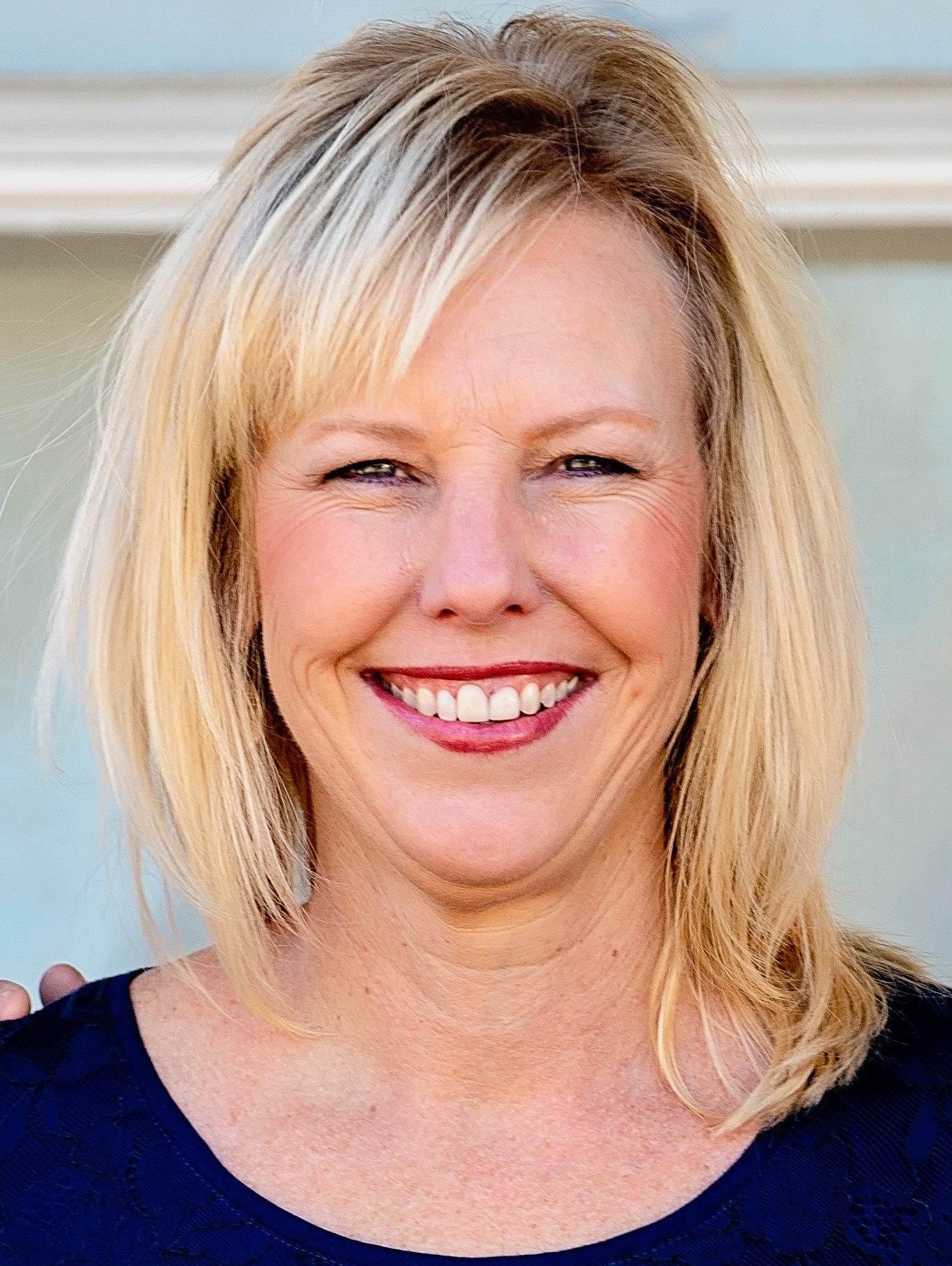
What Is High Risk Life Insurance?
One of the most common questions we get asked is “what, exactly, is high risk insurance?”
The life insurance industry can be rather cold and impersonal. You are assessed based on a variety of factors – none of which are your personality or the content of your character.
Instead, you are rated for coverage based on your risk for coverage. In this article we will take a look at what high risk life insurance is and how to get the best rates for being high risk.
Our mission here at High Risk Life Insurances is to make sure that you know what to expect from your life insurance journey every step of the way – no matter what has earned you a high risk rating.
What Is High Risk Coverage?
When you apply for life insurance, underwriters carefully evaluate your application before grouping you into a category. These categories, known as risk classes, are as follows:
- Standard. Standard is the risk class against which all other risks are judges. If your life expectancy is the same as the average individual’s, you will be placed into this class.
- Substandard. if you have a lower life expectancy than the average individual, you will be considered “Substandard.” Substandard classifications come with higher premium than other risk classes.
- Declined. This is, technically, not a risk category at all. If you are deemed too much of a risk for the insurer, you will be declined for coverage.
- Preferred. Applicants in the “Preferred” category are low risk. Their life expectancy is considered longer than the average applicant’s. Premiums in this category are the most affordable.
- Preferred Plus. Some life insurance carriers offer a “Preferred Plus” category for those who are in excellent health. A policy in this category will be extremely affordable.
Your “risk” is defined by your life expectancy compared to the average person’s.
Remember when we said life insurance was a bit impersonal? This is because underwriters use statistics to determine the average life expectancy of people in your age group.
These stats are compared to your life insurance questionnaire, and your risk is assessed accordingly.
You are “high risk” if your career, health, hobbies or lifestyle choices will lower your life expectancy. If you have been deemed “high risk,” the above categories will not apply to you, which is why high risk life insurance exists.
High Risk Table Rating Classifications
It is incredibly important to present your risk in as accurate a light as possible. Risk is a combination of many factors, and not all companies will view your risk the same. As an applicant, it is crucial that all of your medical records, certifications and licenses (for high risk jobs or hobbies) are accurate and up-to-date.
Applying for life insurance with a traditional carrier, will earn you a “Substandard” rating.
Often, this category will come with something called a table rating, or a percentage increase in your premiums based on how high risk you are. Tables are labeled by number or letter, depending on the company.
Let’s look at an example:
If you are a high risk applicant with a premium rate of $100/month, your table could look like this:
- Table A/1, 25% increase = $125/month
- Table B/2, 50% increase = $150/month
- Table C/3, 75% increase = $175/month
- Table D/4, 100% increase = $200/month
…and so on and so forth. In fact, a high risk individual can find themselves paying up to 200% more for premiums based on a company’s table rating.
Most table ratings are fairly straightforward. However, because all underwriters assess risk differently, it’s not always possible to know exactly how much your premiums will increase.
High Risk Flat Extras
Occasionally, you may find yourself paying something called a “flat extra” for coverage. These are additional underwriting fees for those with high risk occupations or hobbies.
As opposed to a table rating percentage increases, flat extras are numerical increases to the death benefit cost-per-thousand. Flat extras typically only last for a set period of time.
If you were to apply for a $500,000 policy with a flat extra fee of $100, your total flat extra would be $500. If your annual base premium is $1000, your flat extra would be added, bringing your annual premium to $1500.
The good thing about flat extras is they disappear! If you have quit your high risk occupation or hobby, your flat extras will cease after a few years.
High Risk, High Premiums
Occasionally, both a table rating AND a flat extra will be added to your premium.
Something to keep in mind: table ratings are typically for individuals with a poor health history or current health conditions. On the othe rhand, flat extras will be added for anything from a high risk hobby (like skydiving) to a DUI.
If your hobby or job puts you at risk and you also have health risks, you can expect to see both a table rating and a flat extra. However, it is important to note that the combination of the two aren’t very common.
High Risk Coverage
Insuring low-or-average-risk candidates costs a company less than insuring high risk applicants.
The good news is that high risk life insurance does not have to be intimidating, complex or frustrating. You have plenty of options for coverage, regardless of your risk.
- Find a reputable agent. Your first step to securing the coverage you want at prices you can afford is to use an agent. An independent life insurance agent works for you, not individual life insurance companies. This means that their number one priority is finding you the right coverage.
- Ask the right questions. And give the right answers! Be sure to present your agent with the whole truth of your condition or risk factor. Chances are he or she may see something you missed and will be able to present you more favorably to underwriters.
- All risk is not created equal. One of the most important things to keep in mind when shopping for life insurance is that each carrier views risk differently. There are many companies who will take on your risk. Depending on the carrier, your “risk” may not be a risk at all!
- Shop around. Only by exploring all of your options – preferably with an agent – will you be able to find the perfect insurance coverage!
- Don’t take no for an answer. Past declines often mean that you weren’t working with the right life insurance company. Talk to your agent about the coverage options available to you.
Remember: the most important step in this list is to find yourself an agent. Your high risk label should not stand in the way of finding affordable coverage. Reach out to us today to see how we can help you find life insurance coverage.
